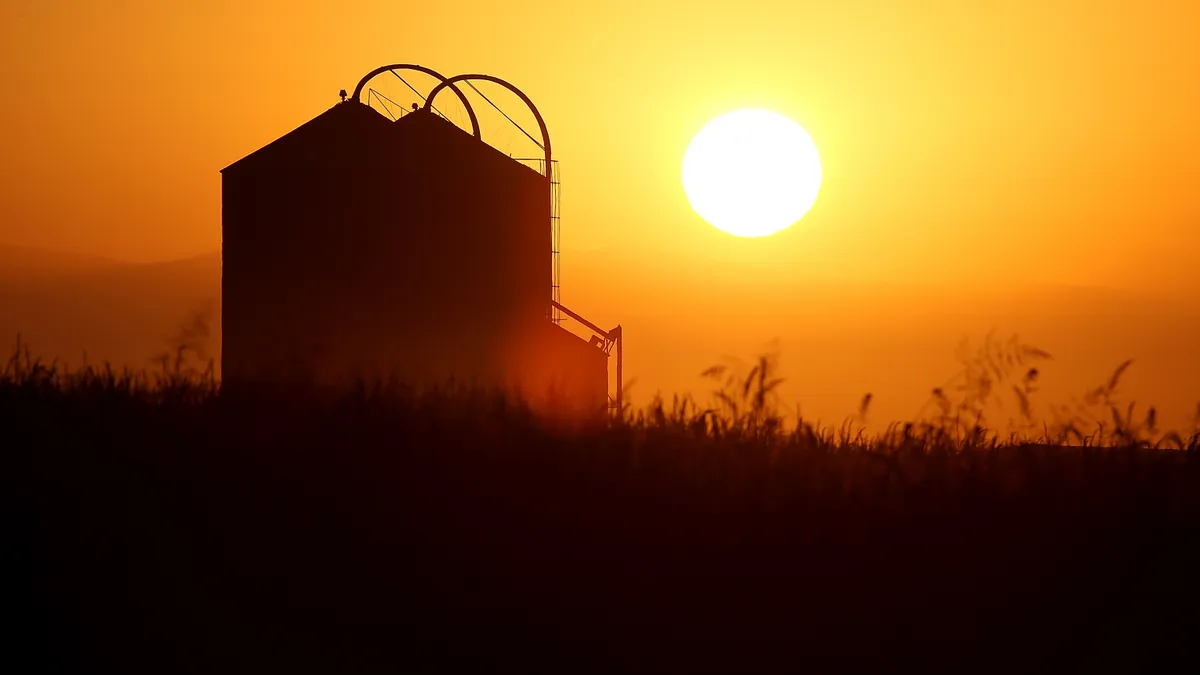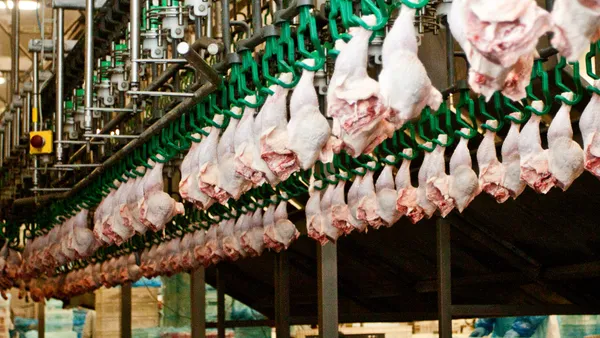Dive Brief:
- The U.S. government spent millions of dollars in 2022 to provide crop insurance subsidies to some of the country's richest farmers, according to a Government Accountability Office report released Monday.
- Crop insurance costs soared to $17.3 billion last year, USDA data shows. The 19 policyholders with the largest premium subsidies received around $3 million each, including a nursery in the southern U.S. that was awarded $7.7 million.
- Farms with large insurance policies make up just 2% of the crop insurance program, yet they accounted for 36% of government subsidies covering premium costs. A 15 percentage point reduction in subsidies for large policyholders would have saved the government around $15 million last year, GAO found.
Dive Insight:
Congressional leaders have searched for new funding to boost programs in the upcoming farm bill, and some Democrats are pushing to revamp the USDA's crop insurance program as a way to free up more money.
“This GAO report shows that a shocking proportion of the subsidies intended to support the cost of writing crop insurance policies for all farmers are being eaten up by companies and agents who write policies for the very largest farms," New Jersey Sen. Cory Booker, who requested the GAO report in 2021, said in a statement.
Booker's office added that crop insurance reform “could fund programs that actually benefit farmers in the next Farm Bill.”
Farmers buy crop insurance policies to cover financial losses from price declines or extreme weather events. While private companies sell the policies, the U.S. government subsidizes insurers’ administrative expenses in addition to covering the majority of premiums.
Crop insurance costs soared a whopping $7.9 billion from 2021 to 2022, the USDA reported. Unlike other farm programs, producers can receive crop insurance subsidies regardless of income level. About 0.3% of all crop insurance policyholders are considered high-income and make up around 0.5% of total premiums.
Beyond lowering subsidies for high-income farmers, GAO found the U.S. government also could find significant savings by adjusting the insurance program’s rate of return. Insurers received an annual rate of return on retained premiums of 16.8% on average from 2011 through 2022, exceeding a market-based return of 10.2%.
“Adjusting the program’s rate of return to more closely reflect market conditions could save the federal government hundreds of millions of dollars per year,” GAO said in the report.
Any changes to the crop insurance program would require legislation from Congress, which sets subsidy rates. The 2014 farm bill prevents the government from renegotiating agreements that would reduce underwriting gains for insurance companies, a provision that would need to be repealed.
Reducing crop insurance program costs, however, would be a tough lift. Congress is already facing pressure from farmers to increase funding for programs to offset losses from higher production costs.
During the summer, Booker introduced the Insuring Fairness for Family Farmers Act, which would base subsidies on the complexity of the policy sold, instead of a set percentage. The bill would ensure companies are “not grossly over-compensated for simply renewing the largest policies year after year.”
“Our current approach to crop insurance fails most farmers at an enormous cost to taxpayers,” said Oregon Rep. Earl Blumenauer, who co-sponsored the legislation. “By establishing modest payment limits, we can save money while helping small farmers and ranchers who are short changed or left out of the crop insurance program altogether.”











